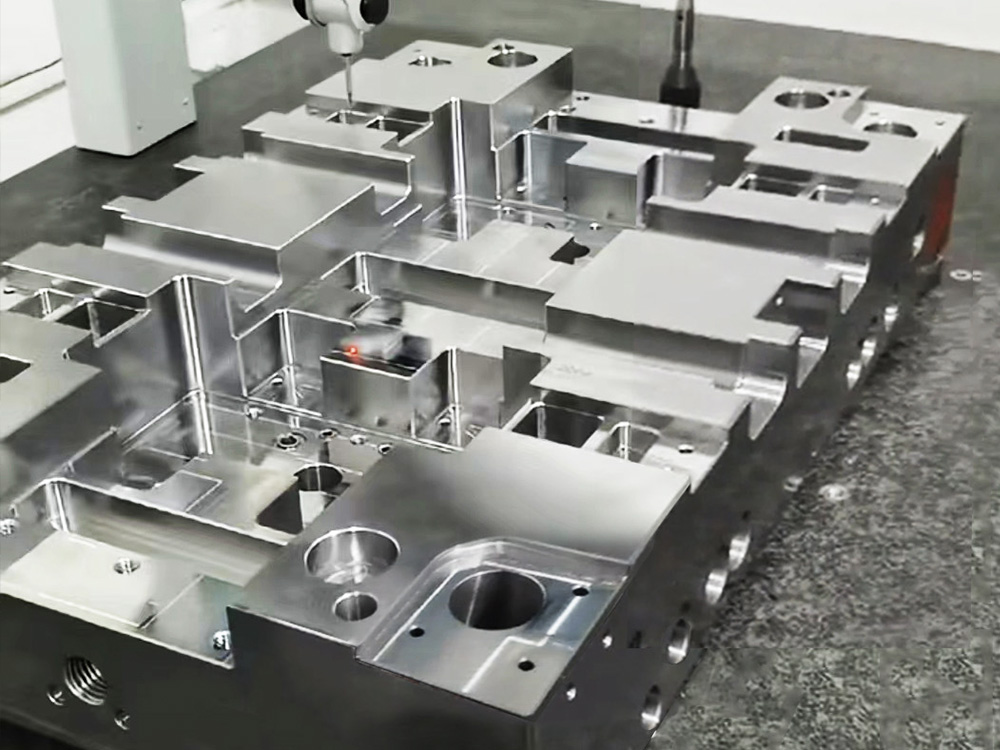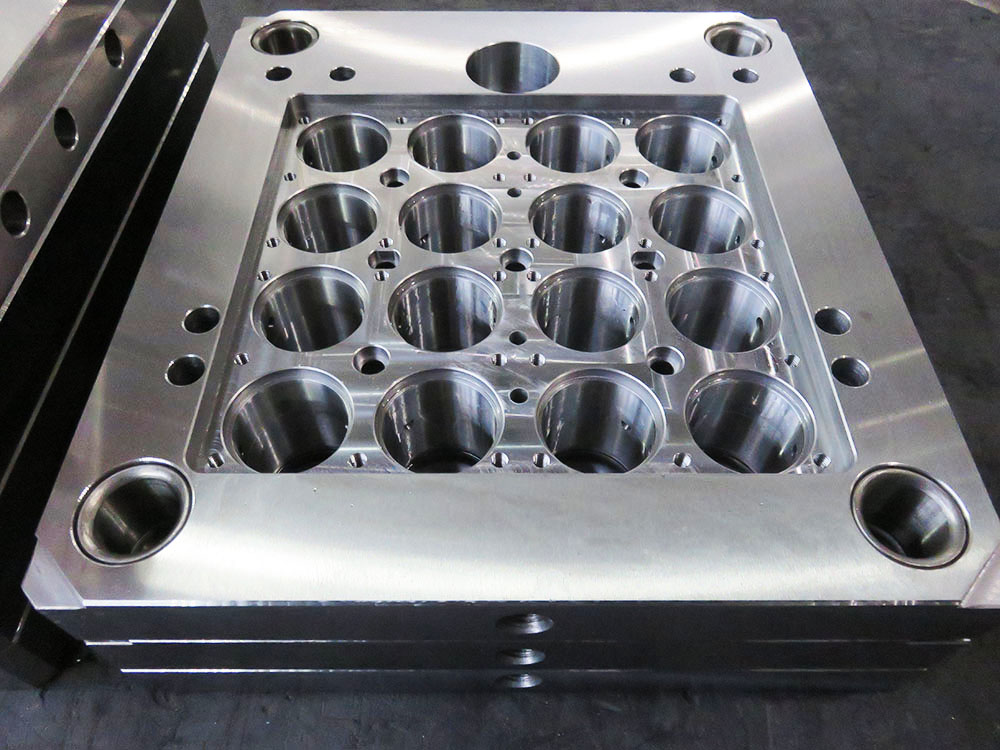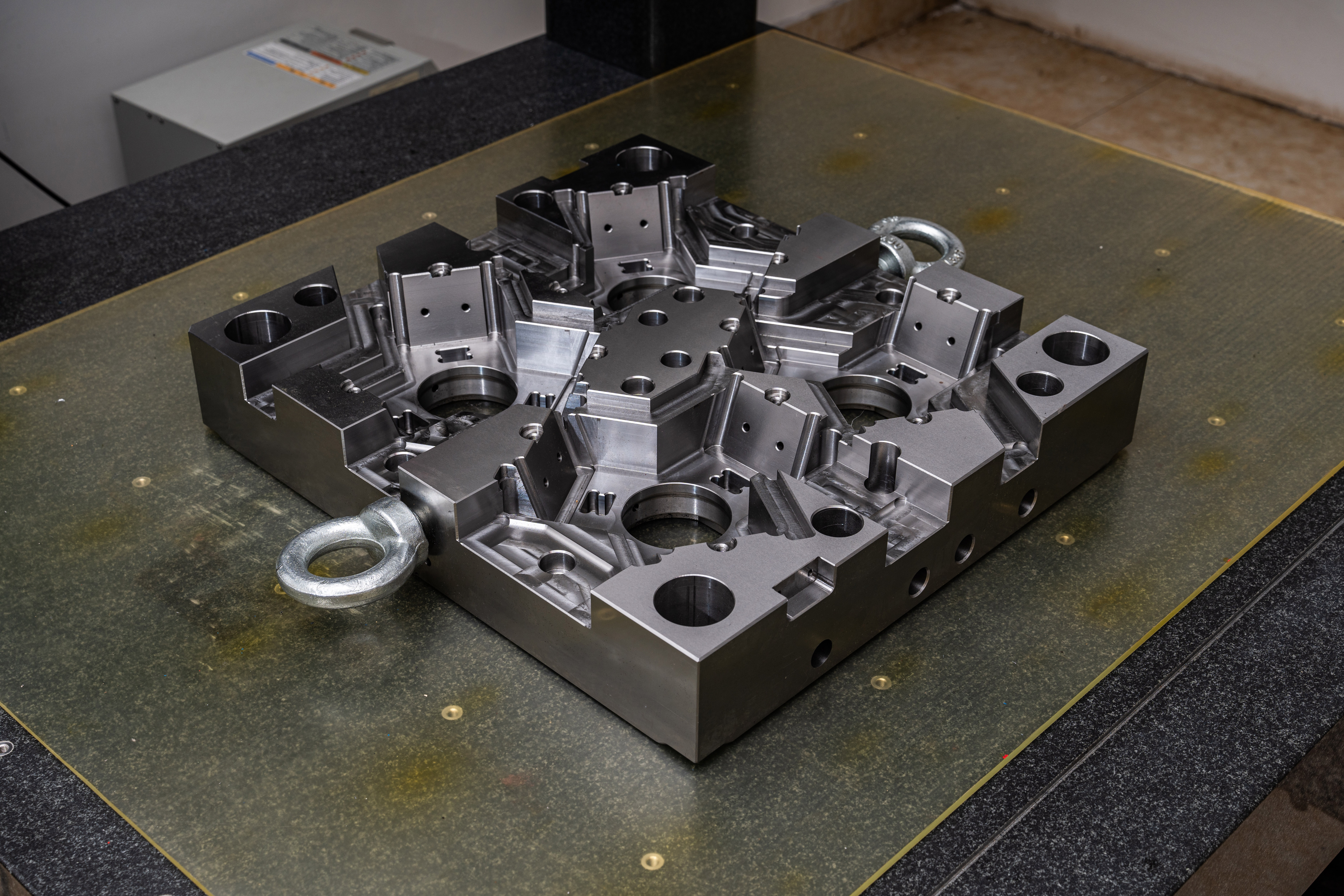How to Interpret Dimensional Format Illustrations for Model Structures in the Mold Base Industry
In the mold base industry, dimensional format illustrations play a crucial role in communicating the design and manufacturing specifications of model structures. These illustrations provide a comprehensive visual representation of the dimensions, shape, and other key details of a mold base. It is essential for professionals in this industry to understand how to interpret these illustrations accurately. In this article, we will guide you through the process of interpreting dimensional format illustrations for model structures.
Understanding the Key Elements of Dimensional Format Illustrations
Before delving into interpretation techniques, it is important to familiarize yourself with the key elements found in dimensional format illustrations:
- Dimensions: Dimensions are the numerical representations of the size, shape, and position of various components within the mold base. They are usually indicated using lines with arrows and numeric values.
- Tolerances: Tolerances define the allowable variances in the dimensions of different features. They are represented through specific symbols or written values.
- Geometric features: Geometric features include shapes, angles, holes, slots, and other elements that make up the mold base structure. These features are labeled and dimensioned as per the design requirements.
- Material specifications: Material specifications provide details about the type of material to be used for various components of the mold base. This information is critical for ensuring the proper functioning and durability of the mold.
- Assembly instructions: Assembly instructions illustrate how different components of the mold base should be assembled together. They help in understanding the correct alignment and positioning of various parts.
Interpreting Dimensional Format Illustrations
Now that we have a basic understanding of the key elements, let's discuss the process of interpreting dimensional format illustrations:
Step 1: Review the overall structure: Start by getting an overview of the entire mold base structure. Look for labels or callouts that provide general information about the purpose and function of the mold.
Step 2: Analyze dimensions and tolerances: Focus on the dimensions and tolerances indicated in the illustration. Pay attention to the units of measurement being used (e.g., inches or millimeters). Cross-reference these dimensions with the specifications provided by the design engineers to ensure accuracy.
Step 3: Study geometric features: Examine the geometric features in detail. Identify different shapes, angles, and other relevant elements according to the labeled callouts. Use these features as reference points to understand the relationships between different components and their positions.
Step 4: Consider material specifications: Refer to the material specifications mentioned in the illustration. Make sure you understand the type of material required for each component to achieve the desired strength, corrosion resistance, and other necessary properties.
Step 5: Interpret assembly instructions: Finally, carefully review the assembly instructions or diagrams provided. Follow the sequence of assembly steps and note any specific alignment or positioning requirements mentioned. This will ensure that the mold base is assembled correctly and functions optimally.
Conclusion
Interpreting dimensional format illustrations for model structures in the mold base industry is a critical skill that professionals must possess. By understanding the key elements and following a systematic approach, you can accurately interpret these illustrations and ensure precise manufacturing of mold bases. Remember to always cross-reference specifications, consult with design engineers if needed, and pay attention to detail to avoid any discrepancies or errors in the final product.




